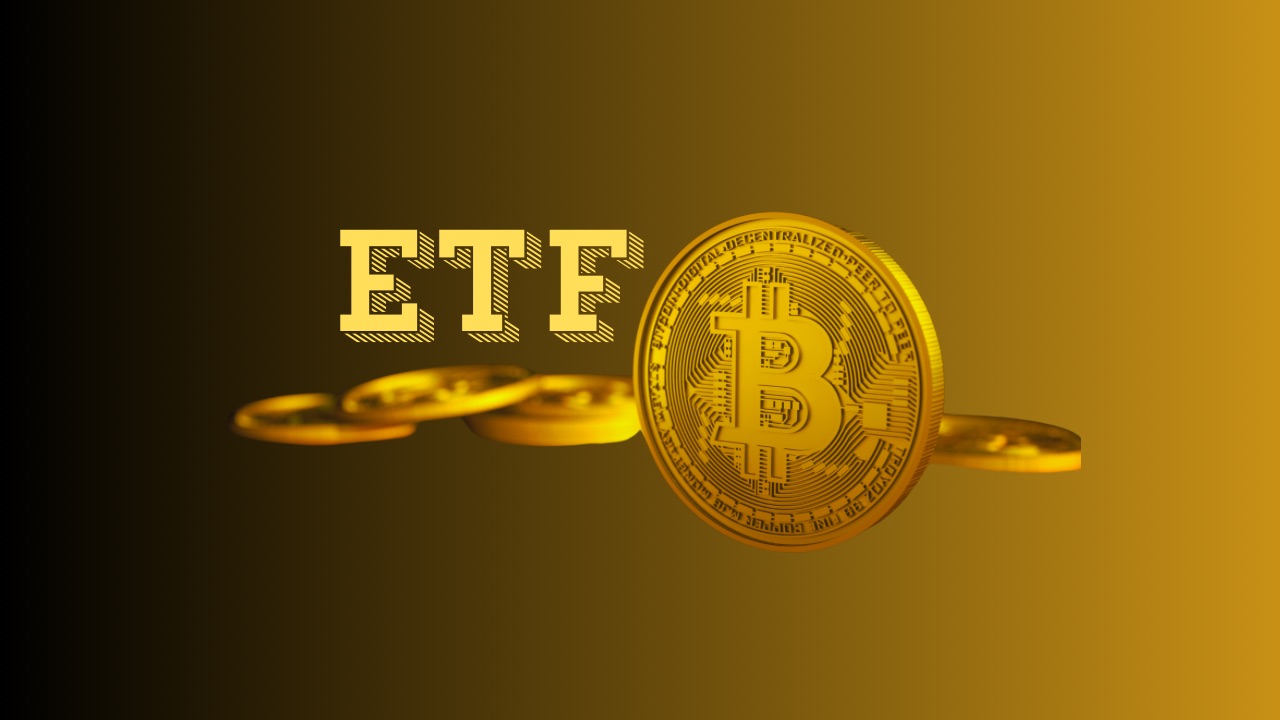On Tuesday, US spot Bitcoin exchange-traded funds (ETFs) drew over $870 million in net inflows, marking the highest daily inflows since June 5.
According to SoSoValue, BlackRock’s IBIT fund led with a $629 million net inflow, followed by Fidelity’s FBTC with $133 million. Other ETFs also saw notable gains: Bitwise’s BITB took in $52 million, Grayscale’s smaller Bitcoin ETF, BTC, added $29 million, VanEck’s HODL received $16 million, and Ark’s ARKB pulled in $12 million.
Grayscale Sell-Off Continues
In contrast, Grayscale’s incumbent bitcoin fund, GBTC, was the only ETF experiencing net outflows, losing $17 million. Overall trading volume surpassed $4.75 billion — the highest level seen since March — with IBIT alone contributing $3.3 billion.
The total net asset value (NAV) of the ETFs peaked at $72.5 billion, representing 5% of BTC’s market value.
Since the start of October, the 12 US spot Bitcoin ETFs have continued to attract institutional capital. A recent report from CoinTab noted combined net inflows of $479 million for Monday, October 28, 2024, as BTC crossed $71,000.
BTC Nears All-Time High
The strong demand for these ETFs coincided with bitcoin’s rally near its all-time high (ATH) late Tuesday. Investors are anticipating potential price swings in the near term as the US elections approach, with some predicting a target of $80,000 in November, regardless of election outcomes. Options trading has shown a notable uptick in bets for this price range.
BTC surged over 5% to over $73,000 late Tuesday, driving a broader market rally. The recent rally has sparked increased investor interest in Bitcoin ETFs, with expectations of even larger inflows in the coming days.
Meanwhile, Bloomberg ETF analyst Eric Balchunas predicts even higher inflows in the coming days due to investor “FOMO” (Fear Of Missing Out). He highlighted IBIT’s $3.3 billion trade volume seen on Tuesday, which is its largest single-day volume in six months.
Typically, ETF volumes increase during market downturns or crises, but the recent surge may be driven by a “FOMO frenzy” linked to the recent price momentum. Balchunas suggests this trend could lead to additional significant inflows this week.
